Fabrics have different kinds of varieties, and the branch is spreading wider with time. With the variations, they differ in properties, style, fashion, and uses as well. Linen is worth mentioning among them. The light-weight and extreme durability have amazed people.
Moreover, it’s breathable, so people choose them during summer the most. Linen is quite fashionable, so the trend doesn’t disappear even if the summer takes its leave.
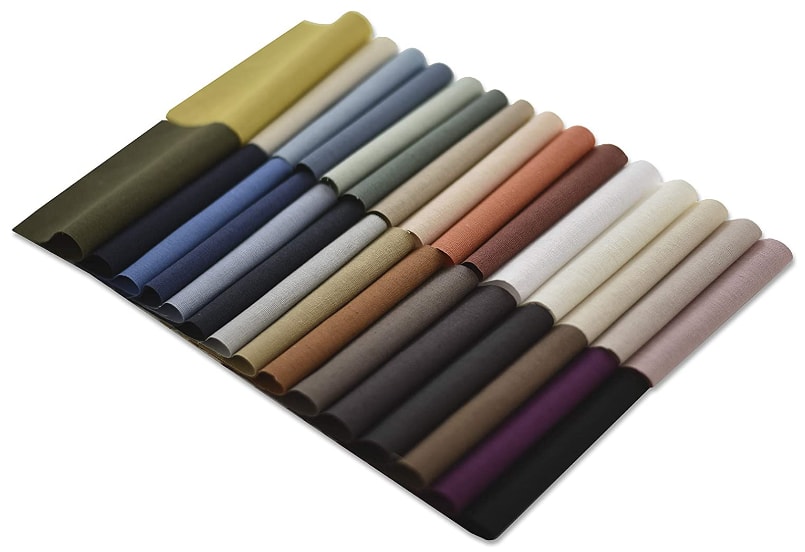
Linen fabric is one of the ancient materials and has appeared with variation from time to time.
When I first saw the emergence of trendy linen, it never crossed my mind that it could have been used thousands of years ago.
Then, I got to know that, the then Romans crafted this linen into the Togas, and this year-old fabric hasn’t still disappeared.
What a significant effect the material has over evolution! Even the stories about the Egyptian mummies that used to be wrapped with cloth involve the fabric- linen.
Today’s fashion and design industries also know how to get the best out of this fabric. So, let’s roll into the reviews of the best linen fabric of all time.
Contents
Top 5 Best Linen Fabric Reviews & Buying Guide
1. COTTONVILL 11 count Linen Blend Solid Bio Washing Fabric

Cottonvill linen fabric is soft and lightweight as it needs to be and breathable as well. Works perfectly on the fine lines, fuller skirts, dresses, toss pillows, light jackets, duvet covers, etc.
Shrinkage is -3% to +3%. The instruction for care is tumble-dry at low heat/ machine wash in the cold.
2. LOVOUS 100% Nature Linen Needlework Fabric
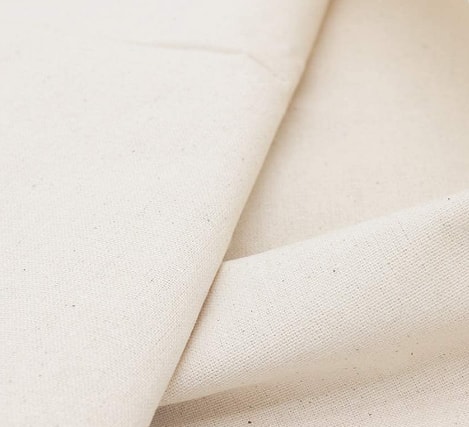
The linen fabric is 100% organic, as claimed by the manufacturer, you’ll have the full comfort of real linen.
But clothing would be a bit difficult to impossible. Fabrics for cloth need a mixture of cotton even it’s little in amount.
3. Linen Needlework Fabric
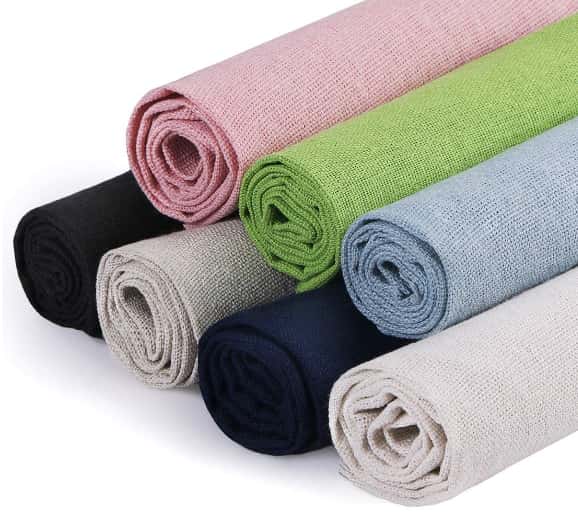
The material is washable and durable for regular uses with a long span of life. This linen fabric is ideal for cross-stitch, table cloth, embroidery, wallet, needlepoint work, handbag, & other daily garments.
It also comes in different colors and hand-made cutting.
4. Caydo 3 Pieces Large Size Linen Needlework Fabric
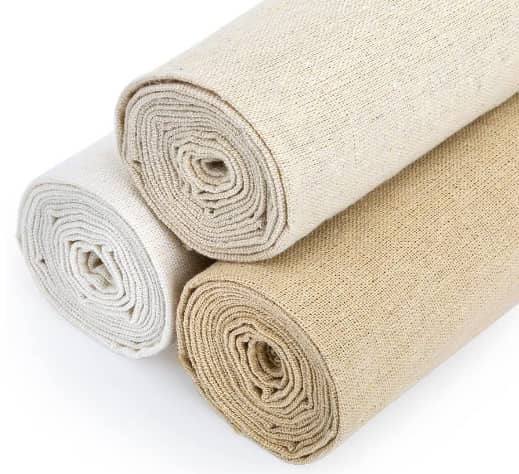
You’re free to paint on and do sewing on it. They’re for multipurpose uses with multiple colors. Along with that, the stuff is even-weave for embroidery.
If you’re a designer or beginner for stitching, the thing could be your practicing material. Overall, It’s yet another great linen fabric.
5. COTTONVILL 11count Linen Blend Solid Bio Washing Fabric
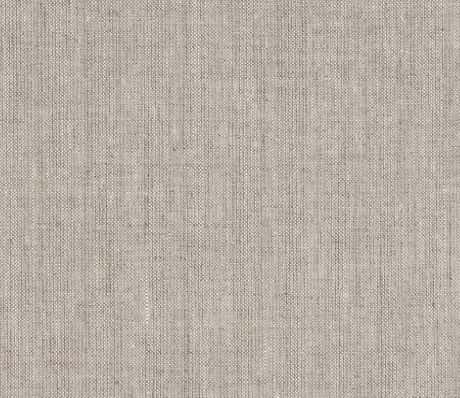
From the young to the old generation, everyone could have the best out of this fabric. It has 100% linen fabric with breathable quality.
This linen fabric has a great texture indeed. The designation is in the USA.
The garments use this fabric for tops, blouses, skirts, pants, shorts, bridal dresses, kids wear, swim/activewear, outwear, costume for cosplay, etc.
The care instructions are dry clean & machine wash.
linen fabric Buying guide:
What is Linen Fabric?
Linen consists of cellulose fibers from the stalks of the plant- “flax” (Linum usitatissimum).
As I said, linen is the oldest fabric, so it’s Flax that has been growing from the earliest times of human history.
How to choose the best one?
If Possible, Find out the Arvested Period
The plant undertaken before fully matured is of the best quality, whereas the one has undertaken after that deteriorates in quality. Also, the taller one has better quality.p
Get to Know The Ratting Process
It’s a process on which the fiber quality dramatically depends. And check that the Flax doesn’t have chemicals.
Best by Region
Soil type does affect the quality of linen. The best place in Belgium for quality fiber in the river Lys. The thread goes from Belgium to France, South America, and even to Holland.
Irish Linen is The Most Valuable of all Linen
European linen is the second finest one. French produce the whitestone, whereas Scotch linen is the medium quality one. The quality of German’s line ranges from poor to good.
Type
Damask Linen
This kind of linen is delicate & ornate like embroidery.
Plain Woven Linen
This one is raw for a dish towel, hand towel, and cotton towel.
Loosely Woven Towel
This linen has high-absorbent with the least durability. So, it’s raw for sanitary napkins and reusable diapers.
Sheeting Linen
This linen has a soft exterior with a texture-less appearance and close weave. So, linen apparel would be high as the product for this linen.
Why Should You go for The Linen Fabric?
Absorbent:
The origination of linen is flux fiber, which is hollow in appearance and well absorbent of moisture up to 20% of its weight. Moreover, the latter is a crucial part when it comes to good clothes.
Breathable:
Flax not only absorbs water well but also releases it fast because of its good permeability. Have you ever gotten wet while wearing linen?
Then, you must have noticed the cloth’s fast-drying process instead of sticking to the body. Linen is well-known as a natural insulator because of having heat resistance and conductivity at its best.
As a result, you’ll feel relaxed during the summer season & maintain the heat of your body during winter.
Hypoallergenic:
Linen owns bacteriological features. That means it’s an antiseptic that kills the bacteria & fungus and lessens inflammation.
This fabulous fiber is capable of curing some skin diseases and healing wounds faster. One having sensitive skin should consider wearing linen cloth.
Durability:
Bast-fibers are great and collected from the inner part of plant bark. As a result, they’re naturally durable as well as reliable.
Some other textile fabrics like ramie, rattan, & hemp are also the product of those bast fibers.
Another worth mentioning feature of this bast fiber is that it’s flexible enough but not brittle. It happens because of the weak nodes of bast that are on the grain lengthwise.
What are its Uses?
By linen fabric, only the garments pop out on our minds, but Flax has a vast field to show its diversity.
Starting from bedding to low-quality uses like making paper, rope, Flax has a remarkable contribution.
Bedding:
Linen bedding includes: Duvet covers flat & fitted sheets, Pillowcases, Bed skirts, Blankets
Before you decide to go for perfect bedding, check out the fabric, thread count, & weave.
Clothing:
Linen fabric has its uses all over the garment industries, whether for men, women, or kids. It comes in pants, dresses, pajamas, nighties, market bags, tout bags, skirts, tops, jumpsuits, scarves, etc.
Kitchen & Curtain:
This section includes: Aprons, kitchen or tea towels, bread bags, oven mitts, potholders, tablecloths, table runners, napkins, placemats.
Bath Linens:
In the case of bath linens, prefer your choice. Whether you like a light or fluffy one, or the denser one. Check the fabric as well.
Many bath linen comes in the cotton-linen mixture that is quite good. Make a choice between waffle & terry towels for bath purposes. Linen here also comes in bathrobes & laundry bags besides towels.
Washing
The general rules: After separating the colored, dark, and white ones, wash them. Use lukewarm for the job that has a temperature of less than 40-degree C.High temperature weakens the linen fiber and causes shrinkage. Use a gentle machine for cycling without overloading.
Use a mild washing detergent and avoid bleach and fabric softeners. Soap nuts will be a great option. After dipping the cloth in the water with detergent for 10 minutes, swish it gently. Avoid twisting, wringing & scrubbing the fabric, and rinse till the liquid is transparent.
Drying
You can generally lie or hang the garment for drying as you do with other clothes. You can also tumble dry the fabric on low heat.
Removing Stains
You’ve seen that linen fabric has excellent absorbing power and so it can absorb the stain as well. So, immediately remove the stain, or else, it will go deep inside the cloth.
Wash the stain using the general rule of washing. Baking soda and vinegar can help you in case of trickier stains.
Iron and Store
You can iron the linen cloth on medium heat while it’s still damp or overlay the fabric with a wet towel. Dry it entirely to avoid mildew.
Avoid storing the linen in a plastic container or plastic bag. Don’t let the cloth contact sunlight directly.
FAQ:
Why is Linen Fabric Costly?
Linen fabric comes in different varieties, and so they differ in quality. The high-quality one is soft & smooth without any impurities. D. linen is too hard to weave & hence it’s costly. Linen is light-weight and has inelastic fiber, which brings possibilities to broke down.
The production industries have to take more care than any other textile fabric to produce linen without breaking it down.
The machines need to run at a low speed with lesser yields, which increases the production cost. Moreover, the feature that you got as advantages is far unique than any other textile as well.
How Frequently One Needs to Wash The Linen Sheets?
Professionals recommend washing the bed sheets every 1-2 weeks. Such a general technique of frequent washing will keep the build-up at bay.
The number of laundries must differ depending on the fabric type & the bed linen type. Again your uses also change the washing frequencies.
If you have a pet, then your sheets are most likely to get dirty more frequently. Still, a unique health condition is a must to notice while having any pet.
Many people wash the sheets regularly to get rid of sweat, saliva, dust mites, dirt, skin cells, etc. Synthetic one is good enough in one wash every two weeks.
Linen Versus Cotton, Which is Better?
It’s the most common query and the most difficult one to answer. Let’s make it clear in short. Cotton may be preferable as clothes, but linen is your best sleeping comfort zone.
Moreover, the durability and natural-insulating process give you a tight sleepy night. Linen keeps you sweat-free with its absorbing power.
Europeans take linen as the best fabric for sleeping. Again, in the case of fashion and design, linen is far better than cotton, though everybody has their perspective.
Linen fabric and cotton can be used together and enters our lives daily & we don’t even know the fact. Do you know the US currency has 75% cotton & 25% linen in it?
How to Differ Real Linen From The Fake One?
Some unique nature of linen: It has natural creases & gets softer as time passes.
Linen fabric is sturdy and has small globules imperfect dot called “Slub.” When you touch the material, not only, you notice the slub but also the cold temperature. Again, from the look, real linen is even in color, bright, crisp, and has no yellowing.
Other than the unique characters, one tricky way can prove the product’s real identity, but I don’t assure you that you can do it because the owner may not allow splitting water. The instant drying capability is something that real linen has. A linen cloth can absorb 20% of its body weight before dampness.
Final Words:
The article- “linen fabric review” comes up reviewing the best five linens and the total guidebook you need to know before buying them. If you want a short choice list, then in my verdict, Cottonvill would be the editor’s choice. Quality linen would be great as a rating.
As for the prices, some are negotiable & others are a little bit costly but worth your money.
